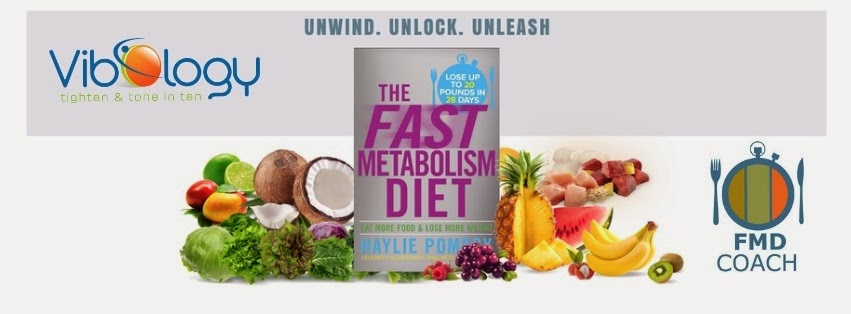Pantry clean out: 10 sneaky metabolism killers
Right around the holidays is a great time to do a big pantry clean out. Whether you’re doing the Fast Metabolism Diet or not, look for these common but unexpected metabolism killers and get rid of them!
Almost everyone has some of these lurking in their cupboards. They look innocent enough, and some of them sound downright healthy, but don’t be fooled. In all your pantry items, be on the lookout for artificial colors and BHT — a nasty preservative.
1. Canned soup
Soup is a great low-calorie meal, right? Not when it’s in a can. Canned soups are usually loaded with sodium, plus a big helping of preservatives. And many of them have corn, dairy and soy ingredients too. You can make your own simple soups using one of these boxed broths as the base.
2. Salad dressings
Lots of salad dressings don’t taste sweet, but read that label: Most are loaded with sugar. A two-tablespoon serving of a “light” Italian dressing we checked has a full teaspoon of sugar in it! Try making your dressing. It takes no time! Here’s a great recipe.
3. Granola
Possibly no other food enjoys such a health-food halo as granola. But it takes something sticky to hold those clumps together — usually that’s maple syrup, brown rice syrup, honey or molasses. All of these are sugars that will send your blood sugar into a major spike. What’s more, lots of granola includes sugar-sweetened dried fruit or even candy.




 Disponible en Español
Disponible en Español
